All people that …… are ……. WORD!!!
Must be the weirdest title I ever used for an article.
You can fill in the blanks yourself, but let me start by doing one that I wrote this article about.
All people that don’t meter are stupid……
And before you explode and start mailing me, please read on.
Every week I get a few mails from people that have seen me using a meter and they are always in 2 camps. 1 group will try to convince me that they love the work I do but advise me to stop using a meter, the other group wonder why there are so many people out there on the web, on youtube, on training sites etc. who still struggle without a meter.
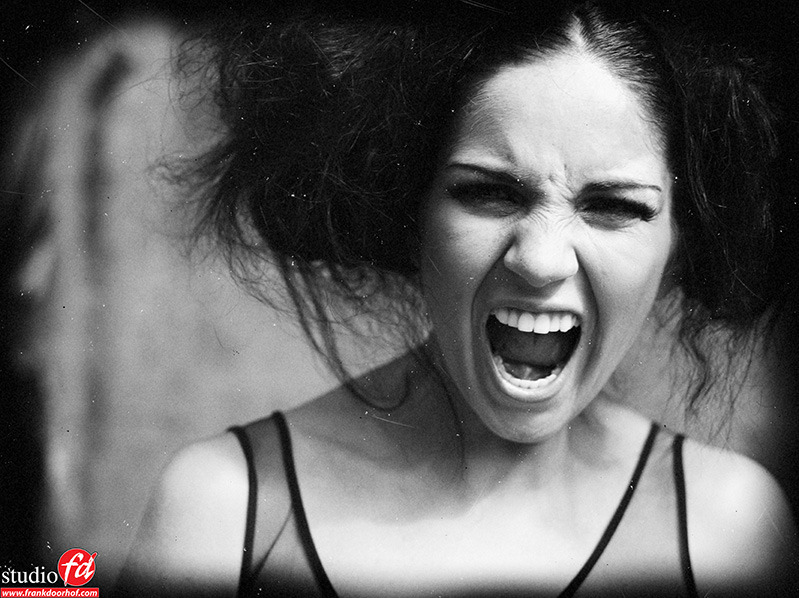
It’s no secret that I love to use my meter, in every workshop there is some attention to the meter and how to proper use the tool. And there we go already please do remember that the meter is just a tool. In the end it all boils down that we tell a story with our images, move people with our images or/and make something interesting for other people to enjoy, endure or love. That’s photography. Using a meter is just a tool to get to that end result.
First things first
Don’t read this as if I say that you shouldn’t use a meter, no way.
I strongly (and really read STRONGLY) believe that if you’re into photography, and you don’t even have to be a pro, you will have to use a meter to get accurate and constant results. I really don’t care if people say that they get great results without meter, my answer to them is “you will get there quicker and probably even get better results when you DO use a meter”. But in the end, and please do remember this…. you can make shitty images with a meter and great work without. But let’s look at some things I want to clarify.
A meter is faster
Let’s first take out one myth.
A lot of people claim that a meter makes you slower to work. In fact the opposite is true. When you meter a scene you are done in a few seconds and you can start shooting, you can even do it without your subject being on the set. No need to make 10 testshots, change the lights etc. take a few meter readings, call in your subject and you’re off with a flying start. In fact this is what always gets me in a bit of trouble when I shoot instructional videos or do live demos. Where other photographers take 10 minutes (or even more) to explain the light setups and how they get there it takes me often 2 minutes to explain what I want to do, and how to measure it and after that maybe 20-30 seconds to measure it. Often I need to fill for example one hour of instructional time, and when you do your setups the way I do I often run into the fact that I show too much in a video (although I believe there is no such thing as too much). This is one thing I learned from Scott Kelby by the way, when you see him teach it goes in a tempo that is impossible to remember everything, HOWEVER because he shows so much you will remember much more that if he would only show you 4 items from which you probably already knew 2. So I think working faster and showing more is much more interesting that spreading out just 3 light setups over the same period.
A meter is more accurate
Let’s be honest, when you meter you have a fixed value that is correct. There is no room for doubt (unless you’re meter or technique is wrong of course, later more on this). In other words, when you meter the correct way the values you get can be trusted. A good example of this happened to me on a workshop I recently did for the DIPP. During this workshop my main monitor was a large projector which I did not calibrate before the demo (just switching speakers), the first story I told was about how well you could trust the meter and that all the shots will be correct and that there is no need for much Photoshop work after wards. The funny thing (it actually couldn’t be better) was that when I metered and the image showed up on the screen it was app 1 stop over exposed with blown highlights…. you could hear the crowd going like “hummm, yeah and now”, the cool thing about knowing you can trust the meter is that instead of compensating I took the projectors remote control, called up the menu and lowered the contrast to the point where much to surprise of some of the participants the image indeed contained all the highlights, and looked accurate. At home I loaded my images into Photoshop and indeed they were 100% accurate….. this seems like a useless comment but in fact it’s probably the best remark I can give you about using a meter. On location I try to shoot tethered but sometimes the weather conditions aren’t 100% right, it can be rainy which means that I won’t drag my laptop with me, it can be so bright that I can’t judge my screen with 100% accuracy, or I’m working on someone else’s system which I don’t know to be accurate. When I trust my technique and meter I will know that whatever the monitor shows, it WILL be correct in Photoshop later on.
This is especially important when you do dark looking images. Same situation was during a workshop I did for the Dutch Elinchrom agent fotoflits. The setup was a very dark moody atmosphere where I explained how to use a spot on the model and use another strobe app 3.5-4 stops below the main light for a little bit of fill. On the projected image there was hardly any difference to be seen, however when I showed it on my laptop there was a difference, opening up the images in our studio on a proper screen and Photoshop the difference made the difference so to say, or in other words it was really noticeable as I intended.
We have to worry a lot about technique, cameras, models etc. it’s great when you don’t have to think about nailing the exposure.
Histograms can be used?
No, sorry.
This you hear a lot and it’s simply not true.
I always ask people, “give me the numbers for your skin” and they don’t understand what I mean… well when you would trust the histogram for the full 100% you would know exactly where the skin numbers should be, and let’s be frank nobody knows this. (unless of course if you use a meter). Also when you are using a fill in flash combined with a spot you will not see if the areas you want to be slightly lightened indeed are lightened. The histogram just shows you the “spread” of the key values (key being brightness), in a dark setup with loads of shadows the histogram will lean towards the left (darker tones), in a bright setup the histogram will lean towards the right (lighter tones) that’s what the histogram does, nothing more, nothing less. And that’s also why it’s there. However for accuracy it’s not the perfect tool.
So are people stupid that don’t use a meter?
No of course not, you will never ever hear me say this.
Please realize that we as photographers are story tellers, we want to tell a story with our images, move someone, entertain someone or just simply make a cool image. Most of the pros I know do change their images in Photoshop (I also do), and it’s my duty to inform you that most pros I know DON’T use a meter, do I think they are stupid? no…. do I think they can produce better work with a meter? no…. do I think they can be faster? YES, and more accurate and maybe produce better work, but in the end it’s all in the minds eye of the photographer and not in the tools.
The story changes a bit when people teach.
I don’t say that everyone that teaches should teach the use of a meter, but please do tell people that it’s YOUR way of working and that there are also different ways, this is always what I tell my students “Hey I strongly believe in the meter, but it’s just a tool to be quicker and more accurate”. What you shouldn’t do, and I see this way too much, is teach to students that a meter is something old, stupid, stone age material and only to be used when you don’t understand digital…. because then…. yes then……. you are….. well I won’t say that but I think you can fill that out yourself 😀

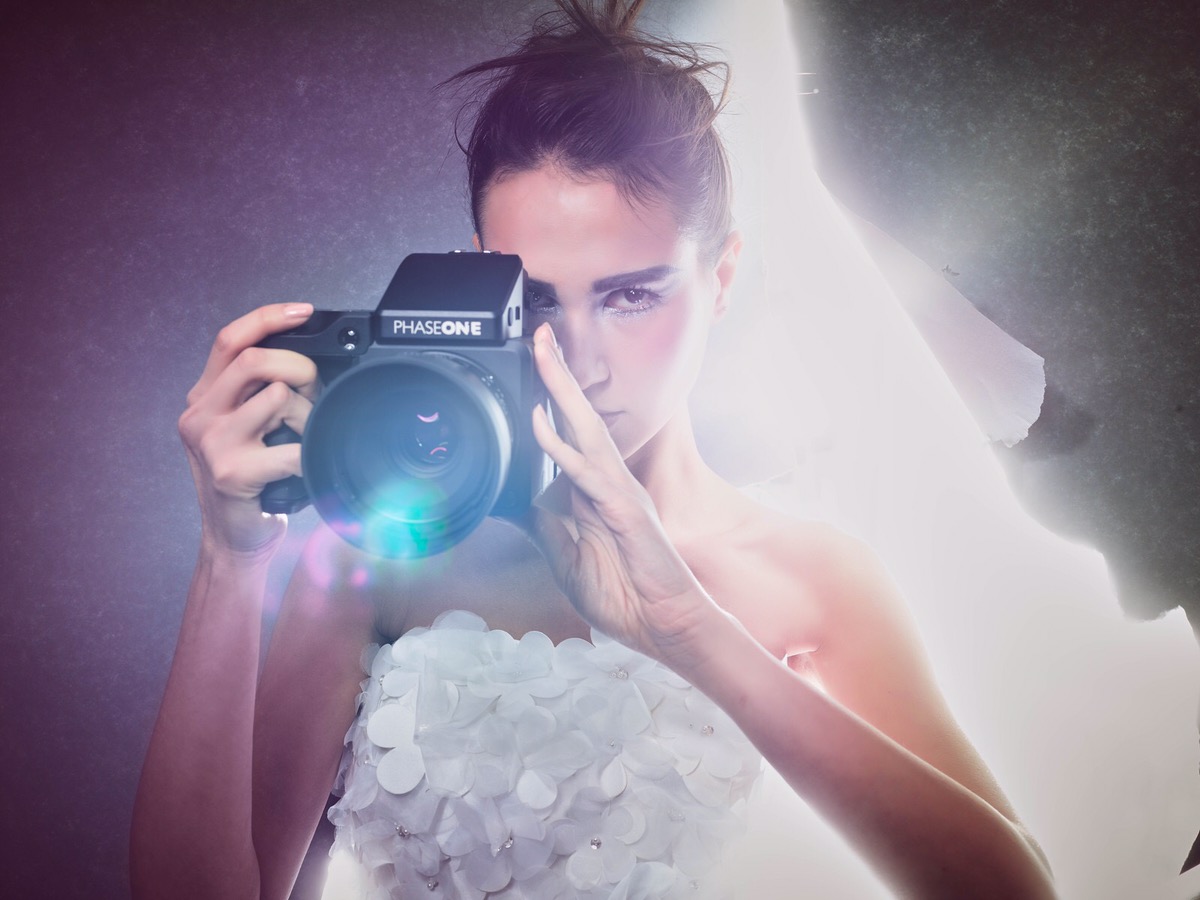
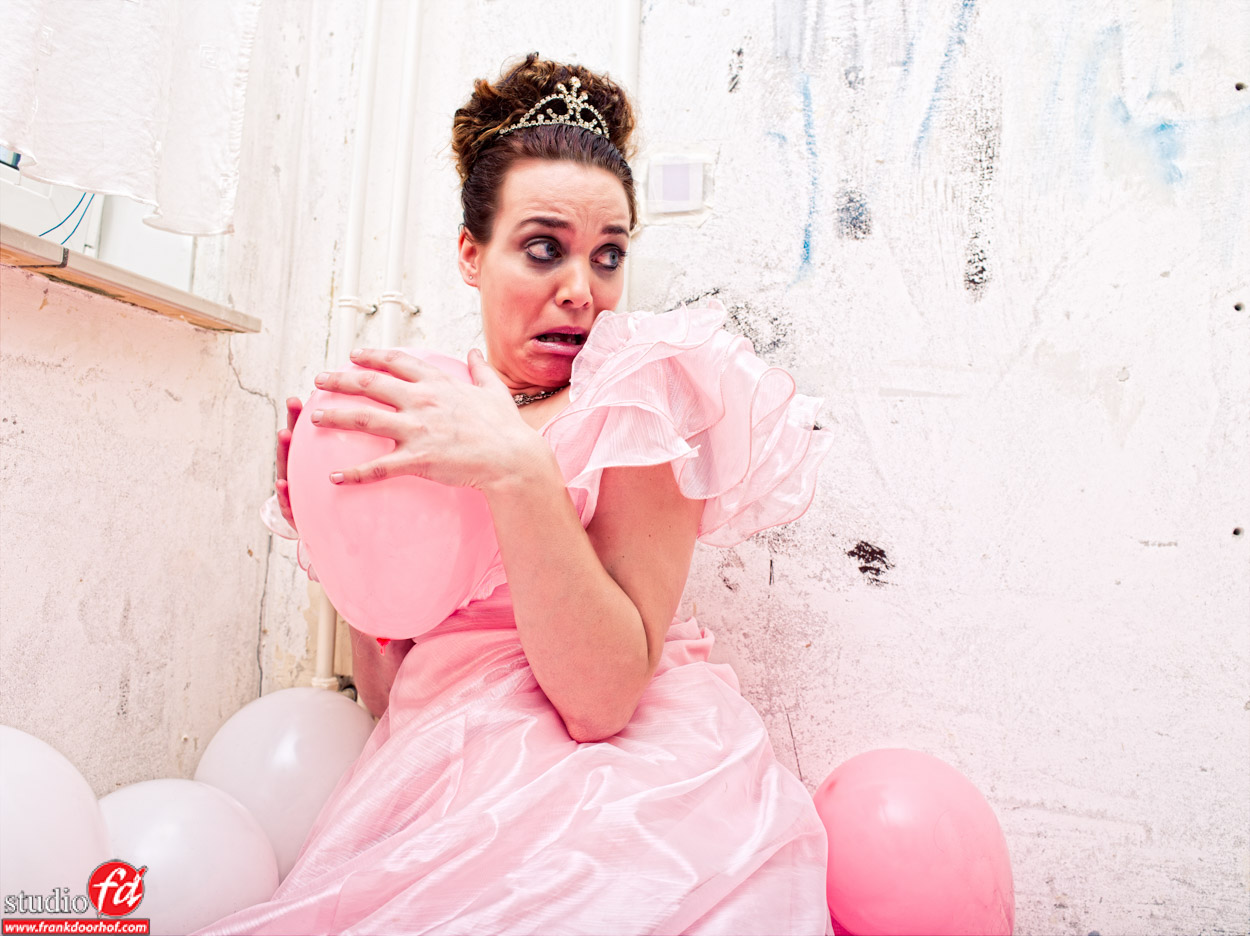
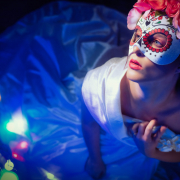
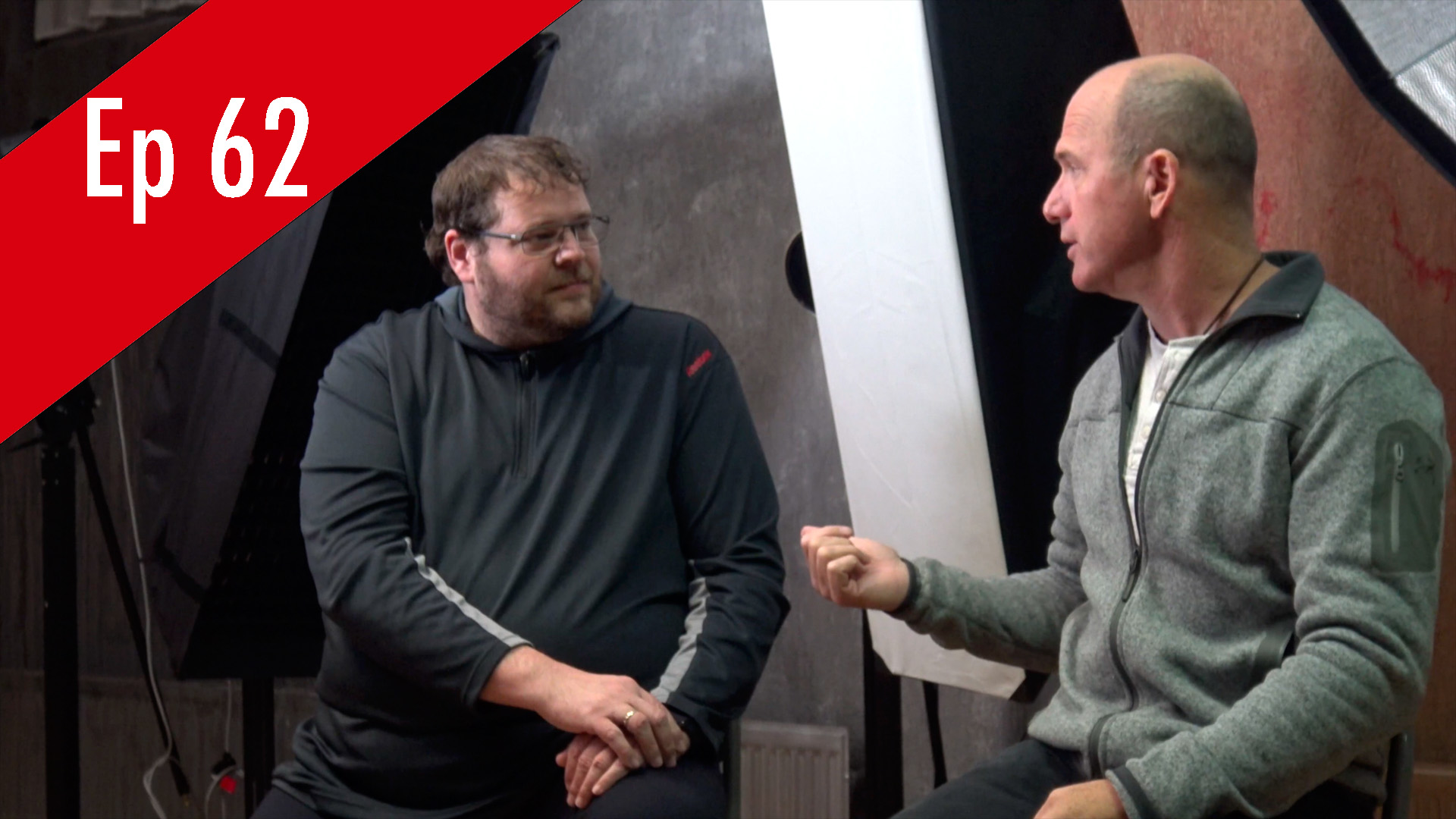
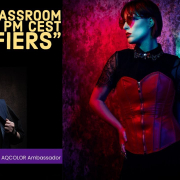

After reading this article I think I need to save some money for a proper light meter…
A light meter is a tool and when you know how to use it, it will indeed make your life easyer and save you a lot of time. When you use strobes in a studio or outside, I can ‘t really imagine how you can work without a light meter.
Even when you would rely on the screen on your camera, you can hardly see the screen in bright daylight.
When you want to do a ‘day to night’ effect with a proper exposure, you need a light meter or you’ll struggle a lot. Also when you want to make low-key or high-key images, things will go so much faster when you use a light meter.
It is expensive, but worth the money when you learn how to use it!
I have to go through this discussion over and over again, I’m called old-fashioned when I pull out my meter, but I feel comfortable with it so in Frank’s story I’ve picked up a few more reasons why I should stick with it….
Thanks Frank!
Couldn’t agree more Frank. I should be thankful to you because you showed us how to use a handheld meter properly. Since then, when I am out on location using strobes, I use my meter in incident mode to exactly measure the lights output! Even when doing a portrait using natural light, I use spot meter of my Sekonic to first meter the sky, clouds and generally highlights and then measure the skin tones on models cheek. My meter is always in my bag even when I carry the smallest camera that I have, Fuji x100 for street and landscape photography as well. For black and white film photography that I do with my Mamiya RZ67 Pro II, I simply use the spot meter again and adjust according to the zone system. Simply, I am lost without my meter. Thanks again Frank.
True article Frank. You should find a supplier of meters and arrange a special deal exclusively for all your followers or trainees as was done before. Cuts both sides 🙂
Frank you’ve convinced me to use a meter, however I know I’m not using it to it’s fullest potential. Do you have a video one can purchase that explains how to really use a meter effectively. I own a Sekonic 758 Meter.
I’ve written many articles you can find on this blog.
See the videos on http://www.kelbytraining.com and the new Live in Boston DVD will contain a lot of information on the meter. That will be released just before Christmas.
One day I did a hair shoot with a darkly complected model. I was not shooting tethered and was relying on the cameras display to gauge my results. I over exposed the hair light to a shocking amount and lightened her skin to the point of embarrassment. The model and the makeup and hair dresser LOVED the pictures so much that they use it in their portfolio all over the internet. The hair was outstanding, the makeup and the model were outstanding, the photography and composition was good. THE EXPOSURE WAS TERRIBLE!! I bet them NOT to list me as photographer when they post it. They smile and say but Doug We love it! UGH. I have never clicked a frame in studio without the meter since.
We have a saying in the Netherlands “meten is weten”, free translated to “to meter is to know”.
Another great article. I am fairly new in digital photography switching from film. I have been very impressed with the state of the camera metering systems. Then I dug out some of my old studio strobe lights (Rollei). Lots of test shots. Turned out I like viewing on back of camera much better than viewing 2 1/4 sq. Polaroid’s. Results were pretty good until they hit my monitor. Light ratios were even harder with cameras meter. Then I dug deeper and pulled out my 30 year old Gossen Mastersix (Ultra Pro). It had served me well for many years of shooting Hasselblad. And then there are times when you have to use an incident meter. One again you are right about things going faster with a light meter. My old Gossen is back in my camera bag next to my Nikon D3s. I look forward to your Blog everyday, keep up the great work.
Thanks, and indeed, meters are so handy.
I already am looking for a used (cheap) meter for myself. Yes, it is good thing to have, and yes I will use it all the time as soon as I get myself one… also yes, you are the reason to change my mind, after all the samples you posted here 🙂
Ebay, but be quick prices are going up 😀
hallo hoe kan ik me voor 10 dec opgeven ik zouhet erg leuk vindn om n leuke foto v mij en mn kids te hebn??? vriendelijke groet rita meijerink
Hi,
Dat kan natuurlijk, mail me aub even op [email protected]
i have the meter that is part of my Cyber synch commander. have never really used it much… i think i need to play around with it a little more… not to sure on how it compares to other meters though? anyone have any first hand knowledge of this meter or can point me to where i can get some better understanding of how to use it? it didnt come with much of a manual… and i have found that when i have tried to use it, the reading have been varied when i dont change anything, and the preview on the camera did not reflect a correct exposure… so i sort of wrote it off and went on with the test shots and look at the LCD…
What meter is that ?
Can you mail me some information ?
Do you point it towards the light source ?
I think yamaha83 was referring to the Paul C Buff Einstein trigger system/light meter CyberCommander which is found here.
http://www.paulcbuff.com/cc.php
Although is does have metering built in to it, it meters in a way that is not the same as a hand held meter would do it.
Although I have been using a flash/ambient meter for a lot of years. Frank’s take on the HOWs & WHYs of using a meter are different than ANY other person I have seen. It makes you be technical, and starts your brain in to a mode of technical thinking. Even after all the DVD watching, Kelby Videos of Frank and the way he does metering, something for me is lost.
I think it would require an afternoon of examples and situations to tie it all up for me personally. When I attempt to calibrate my meter in the methods shown, I get wild and unpredictable results in RAW, even using the passport checker. So although I am a true follower of Frank’s methods and reasons for doing metering the way he does it, the EXACT method=results still escape me.
Hi,
Just get a very simple real 18% gray card and it all will work out.
Don’t over think the light meter, it’s really one of the simplest tools out there.
Maybe i will do a small video on it one day.